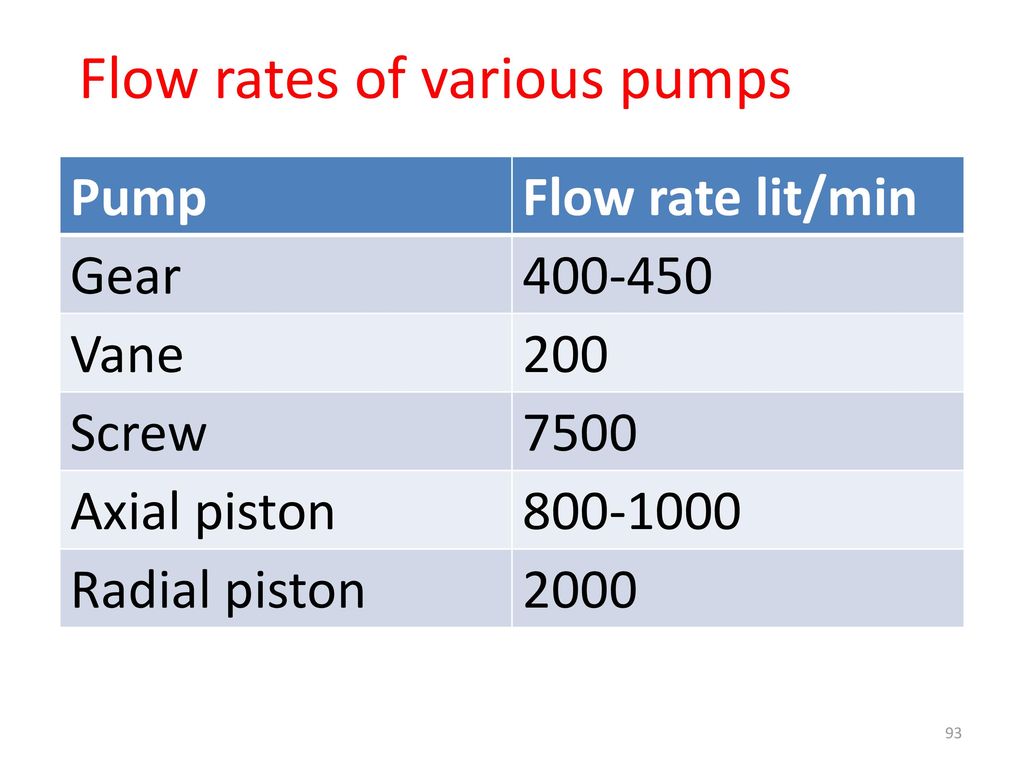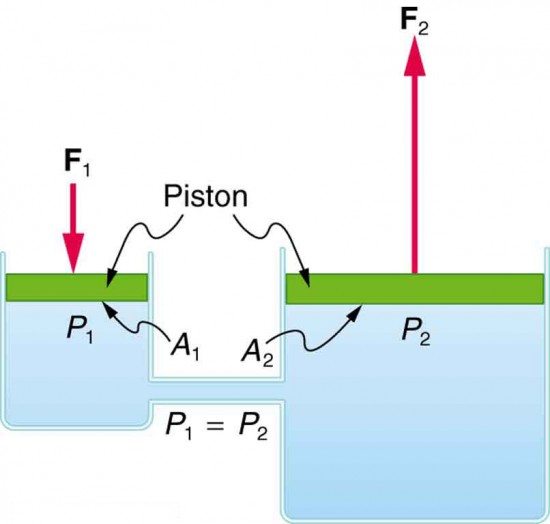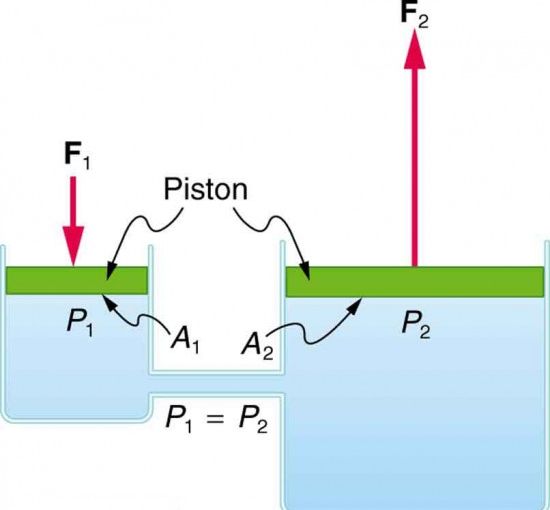Hydraulics is the science and engineering of moving liquids, gases, and other fluids with power. In this article, we will explore what hydraulics means in more detail and look at some of the common applications.
Hydraulics is commonly used to move fluids through pipes, hoses, and other fluid-carrying devices. This is done using a variety of technologies, such as pumps, turbines, and motors. Hydraulic fluid is also used in a variety of other applications, such as irrigation systems and waterfalls.
In hydraulics, G means the fluidstatic pressure head. This is the pressure that exists above the liquid surface in a hydraulic system. It’s also known as the hydrostatic pressure head.
G stands for the gravitational potential energy.
The G-force is a measure of the force of gravity.
G means the gram-force.
G means the gravitational acceleration.
G means the gravitational potential energy.
G means the gram-force.

How Does It Affect Hydraulics?
The letter G in hydraulics stands for the Greek word “γραφεία” which means “writing.” The letter G is used to represent the friction factor between the fluid and the pipe. In other words, G tells us how much resistance there is to the flow of the fluid through the pipe.
When the G factor is high, the fluid has a lot of resistance to flow through the pipe. This can cause problems because it can take a lot longer for the fluid to move through the pipe, and this can lead to missed opportunities or delays.
When the G factor is low, the fluid has less resistance to flow through the pipe, and this can lead to faster flows and less congestion.
Generally speaking, high G factors are problematic because they can cause delays and congestion, while low G factors are more efficient and less likely to cause problems.
What Can Go Wrong When G Is Greater Than 1?
Hydraulic fluid is a vital part of many mechanical systems, and understanding what G means can help you avoid problems.
G stands for the hydraulic pressure, and it’s important to keep this pressure consistent throughout a system. If the pressure changes too much, it can cause problems.
One common problem with hydraulic systems is overpressurization. This happens when the pressure in a system is too high compared to the pressure outside the system. This can cause damage to parts of the system, and it can also lead to fluid leakage.
If you’re ever unsure about how G works in hydraulics, don’t hesitate to call a professional. They’ll be able to help you get your machine running smoothly and avoid any problems.
How to Calculate G for Hydraulic Applications
In hydraulic applications, the Greek letter “G” is used to represent the displacement of a fluid. To calculate G for hydraulics, use the following equation:
where:
P = Pressure (in Pascals)
v = Velocity of the fluid (in meters per second)
d = Diameter of the cylinder or pipe (in meters)h = Height of the cylinder or pipe (in meters)
G = Displacement (in meters)
How important is the letter G when designing a hydraulic system?
In hydraulics, the letter G is quite important. G stands for the inchworm gear, and it is a unit of measure used to describe the size of a gear in a hydraulic system. The smaller the G, the smaller the gear size. This is important because smaller gears are faster and more efficient than larger gears.
Another important thing to know about the G is that it is the basic unit of measurement for pressure in hydraulics. Pressure in hydraulics is measured in bars or psi, and 1 bar is equivalent to 100 psi.
So, knowing how to design a hydraulic system using the G as a unit of measure is essential for creating efficient and accurate systems.

Different ways that G is used in hydraulic systems
G can stand for gallons, horsepower, or grams. It is most commonly used in hydraulic systems to represent the amount of fluid that is being pumped. GPM (gallons per minute) is the most common unit of measurement for hydraulic systems.
Gallons: In hydraulic systems, G is used to represent the amount of fluid being pumped. One gallon (3.78 L) is equal to 3,785 cubic inches (0.99 cubic meters).
HP: In hydraulic systems, G is also used to represent the amount of horsepower that is being used to power the pump. One horsepower (746 W) is equivalent to 746 times the pressure that a pound-force (lbf) of water exerts at 32 degrees Fahrenheit (0 degrees Celsius).
Grams: In some cases, G may also be used to represent the amount of grams that are being pumped. One gram (0.035 oz) is equal to 3.5 milliliters (1 tablespoon).
What are the benefits of using G pumps in hydraulics?
One of the most important factors to consider when selecting a pump is the horsepower (or GPM) rating. A higher GPM rating means that the pump can move more water per minute, which can lead to faster flow rates and less downtime. Additionally, pumps with a high GPM rating are typically more durable and can handle rougher conditions.
Some other benefits of using G pumps in hydraulics include:
-They’re typically more efficient than traditional pumps
-They’re able to work in colder climates
-They’re often cheaper than other types of pumps
Conclusion
In hydraulics, G (pronounced “gee”) stands for the gravitational potential energy of a fluid, and is often used to calculate the work done by a fluid flow or pressure difference. In most cases, G is measured in Joules (J).
Understanding G is important for selecting the right pump for a hydraulic system and avoiding problems. G pumps are often more efficient and durable than other types of pumps, and they’re able to work in colder climates.
So, if you’re ever in doubt about how to calculate G for a hydraulic application, don’t hesitate to reach out to a professional. They’ll be able to help you get your machine running smoothly and avoid any problems.
What does G mean in hydraulics,please click topkitparts see more

